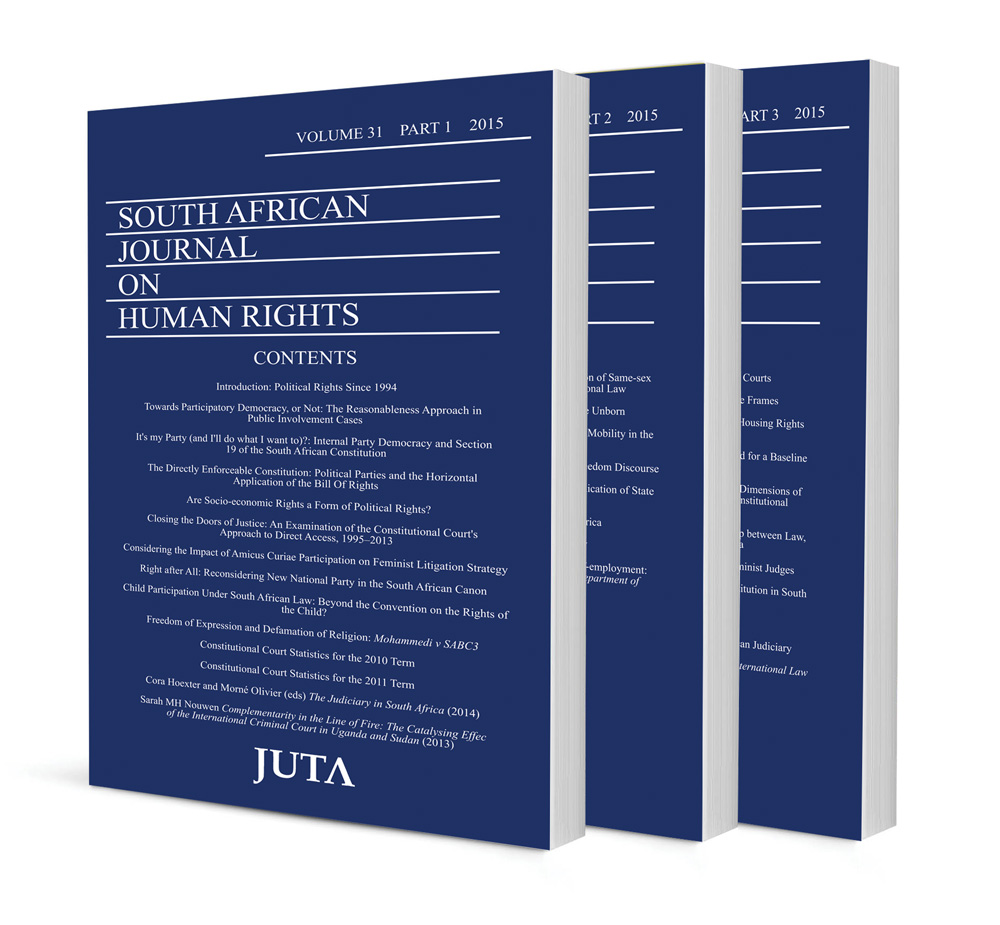Abstract
The human experience is informed by the sex assigned to an individual at birth, either as a male or female, and societal perceptions attached to sex and gender. However, this basic premise does not hold true for those individuals who do not develop from their assigned sex such as transsexual and transgendered individuals. South African law, as informed by the Constitution, has comparatively developed extensively regarding the accommodation of the ‘transsexual experience’ and allows post-operative transsexual and transgendered individuals to change their assigned sex in terms of the Alteration of Sex Description and Sex Status Act 49 of 2003 and the Births and Deaths Registration Act 51 of 1992. However, this legal framework is based on prevailing gender stereotypes and constructs that conflate the notions of sex, gender and sexual orientation. As such, the current legal framework does not allow pre-operative transsexual and transgendered individuals to change their assigned sex, which is arguably discriminatory and inconsistent with the Constitution. This framework ignores the valid reasons of individuals not choosing to undergo invasive ‘sex change’ operations and can therefore be challenged on a myriad of constitutional guarantees. It is doubted, however, whether any future laws will meet these individuals’ needs unless there is a clearer understanding of the concepts of sex, gender and sexual orientation and their interaction with each other. It is proposed that the application of Francisco Valdez’s eight-point strategy to dissipate these conflations in law would lead possibly to the elimination of existing legal discriminations.
